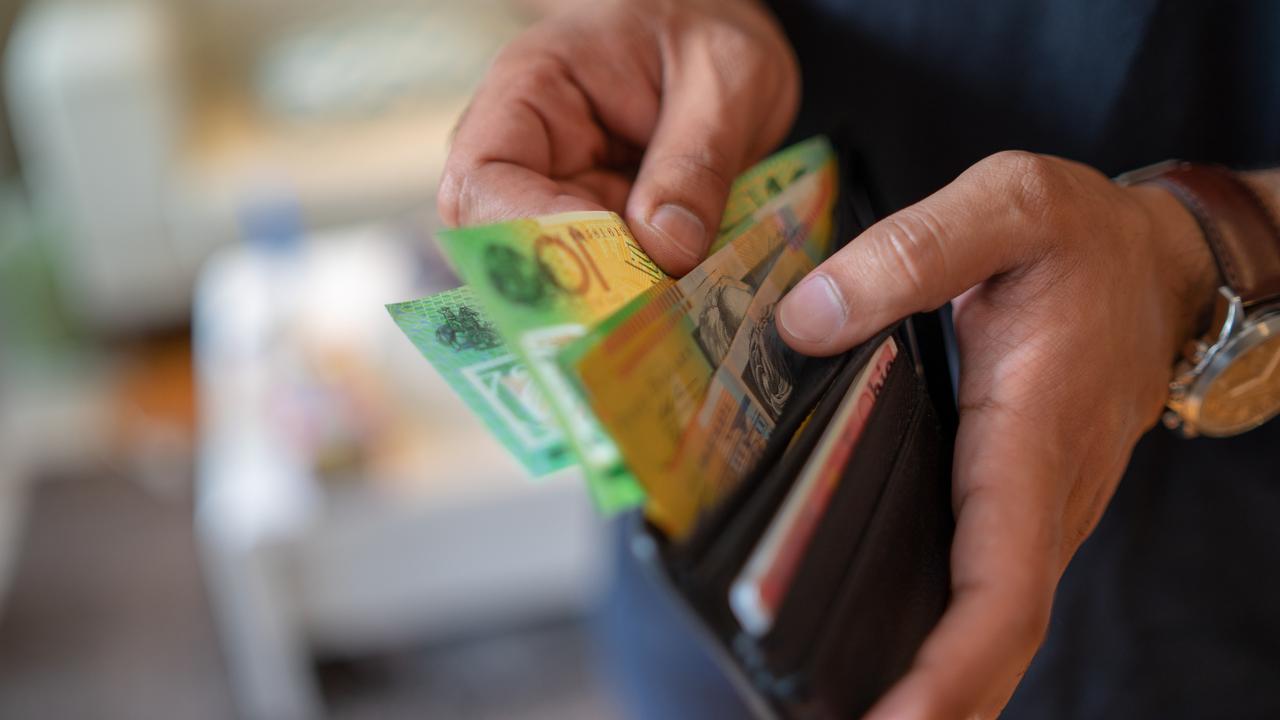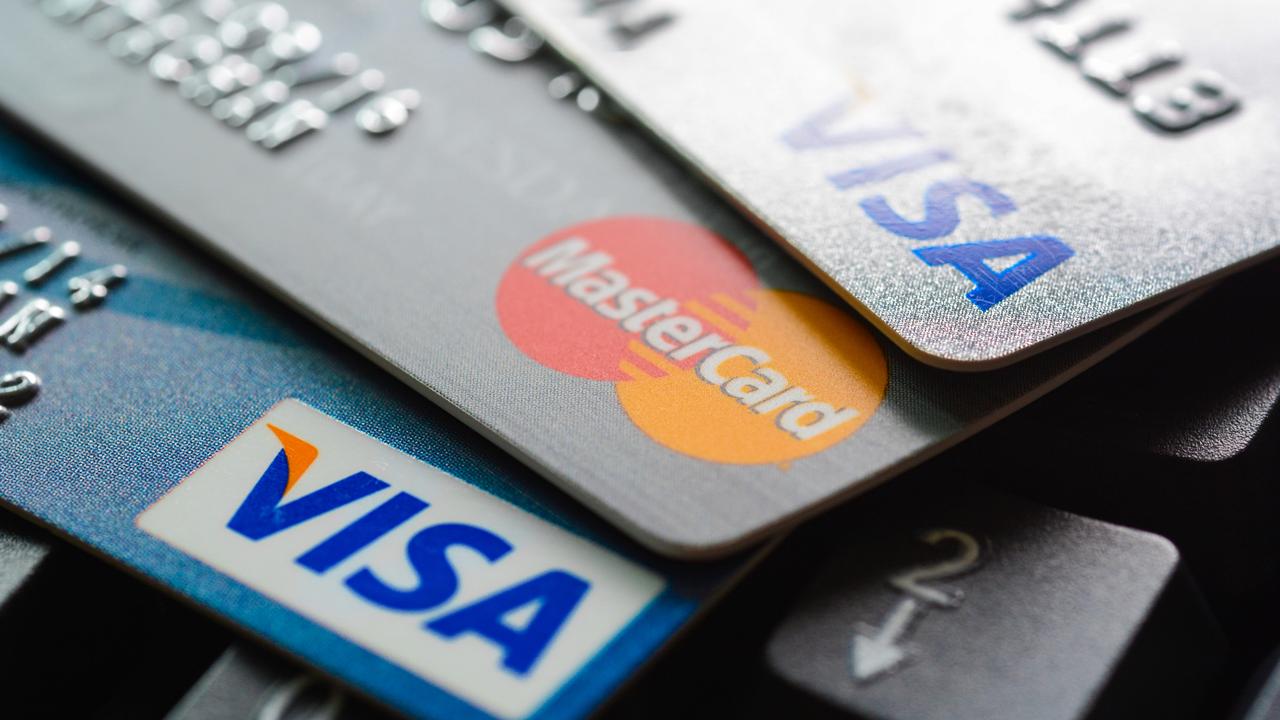Common ‘debt trap’ that’s almost impossible to break out of
The cost of living crisis means it’s never been harder for Aussies to keep up – and more and more of us are falling into a dangerous trap.

Trying to get ahead with debt like credit cards and personal loans is like trying to fill a leaky bucket. It’s hard work and slow going, like taking one step forward and two back.
At the same time, with the cost of living crisis in full swing, it’s never been harder for Aussies to keep up, and we’re increasingly turning to credit to make ends meet.
Current statistics show the average Aussie has credit card and personal loan debt of $9946, which at the average interest rate of 15 per cent means that on average, we’re paying $1491 every single year in dead interest costs.
The debt trap is easy to get into and hard to break out of – especially if you don’t have the right approach.
But the good news is that if you know how to tackle things, with the right tactics you can ditch your bad debt for good.
Debt consolidation
Particularly if you have a number of different debts, all with their own minimum repayments, it can be like trying to put out a raging fire with a watering can – you make small payments on each of the debts and never really make any meaningful progress.
By consolidating debts into one loan, you streamline all your payments into one. This payment will typically be lower, and mean that when you make extra payments you make more progress.
At the same time, you might also be able to reduce the interest rate you’re paying, meaning more of your repayment is actually paying down your debt rather than just covering dead interest costs.

Balance transfer credit cards
Many banks allow you to transfer the balance from one or multiple other cards into a new credit account, and often charge very low or sometimes even no interest on balances you transfer.
This can eliminate your interest costs, and mean that every dollar of repayments you make is actually reducing the amount you owe.
If you use balance transfer cards, it’s important you understand the rules and conditions.
Generally, these accounts will charge a much higher interest rate on any new purchases you make on the card, and typically you also need to repay the full amount owed on a low interest rate before you can pay down the higher interest rate debt.
Beware the debt trap
With both balance transfers and debt consolidation loans, a common mistake people make is that they don’t cancel their old debt facilities, and instead continue using them.
If you fall into this trap, you’ll end up with even more debt and make it even harder for yourself to keep up – avoid this at all costs.
If you go down this path, it’s important you shut down your old debts once they’ve been moved so you don’t fall even further behind.
Spend on debit
The key to escaping the debt cycle for good is to transition from spending on credit to spending your own money on debit. This is a much more powerful way to manage your spending and set things up so you’re likely to actually stick to your budget or spending limits.
Setting up a separate bank account for your day-to-day spending money will give you clarity on exactly how much you’re spending, and importantly how you’re spending relative to how much you want to be spending.

To take this further, you should set a weekly spending limit, and only transfer that amount of money into the account each week. This account should only be used for your discretionary spending, not your bills and fixed costs – this way, you’ll know that the money in there can be spent at any time without you having to worry about a direct debit throwing you a curve ball.
Build a buffer
Unexpected expenses and (either mini or full blown) emergencies are one of the most common ways people end up in debt in the first place.
At the end of the day, as much as these things are unexpected, you know that they will happen over time, so having some money put aside to cover them will make sure you don’t have to rely on debt when life happens.
Putting even a small amount of money aside each week or month will help give you this buffer, and also give you peace of mind. This should be in a completely separate bank account from your other money to reduce the risk of you dipping into the funds, and in my experience having this in a completely separate bank can provide an extra tiny-but-effective barrier.
Set savings targets
Ultimately, we all know that spending money is more fun than saving it. Saving means saying no to things today so you can have more in the future, which sounds great in theory, but in the moment it can be hard to resist prioritising spending.

To shift your thinking around your savings, it’s important to set clear goals and targets and give your savings a purpose. Whether you’re saving to build up an emergency fund that gives you peace of mind, trying to build funds for a property deposit or saving money to invest and build your investment income, by attaching the outcome and “why” to your saving, you’ll drive your motivation to actually make it happen.
There are a heap of great tools you can access online to see how your money will grow over time, and these can also be helpful to push your motivation even further. My favourites are the ones on the MoneySmart website run by the government.
The wrap
Debt is easy to get into and hard to get out of, so you need to be tactical with your approach.
But when you do, you can ditch your bad debt once and for all and make getting ahead easier.
It will take time and some work to get there, but the results are worth it.
Ben Nash is a finance expert commentator, financial adviser and founder of Pivot Wealth, the creator of the Smart Money Accelerator, author of Replace Your Salary by Investing and host of the Mo Money podcast. He runs regular free online money education event which you can book here






